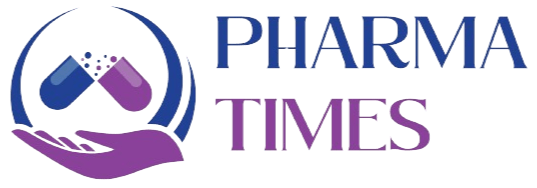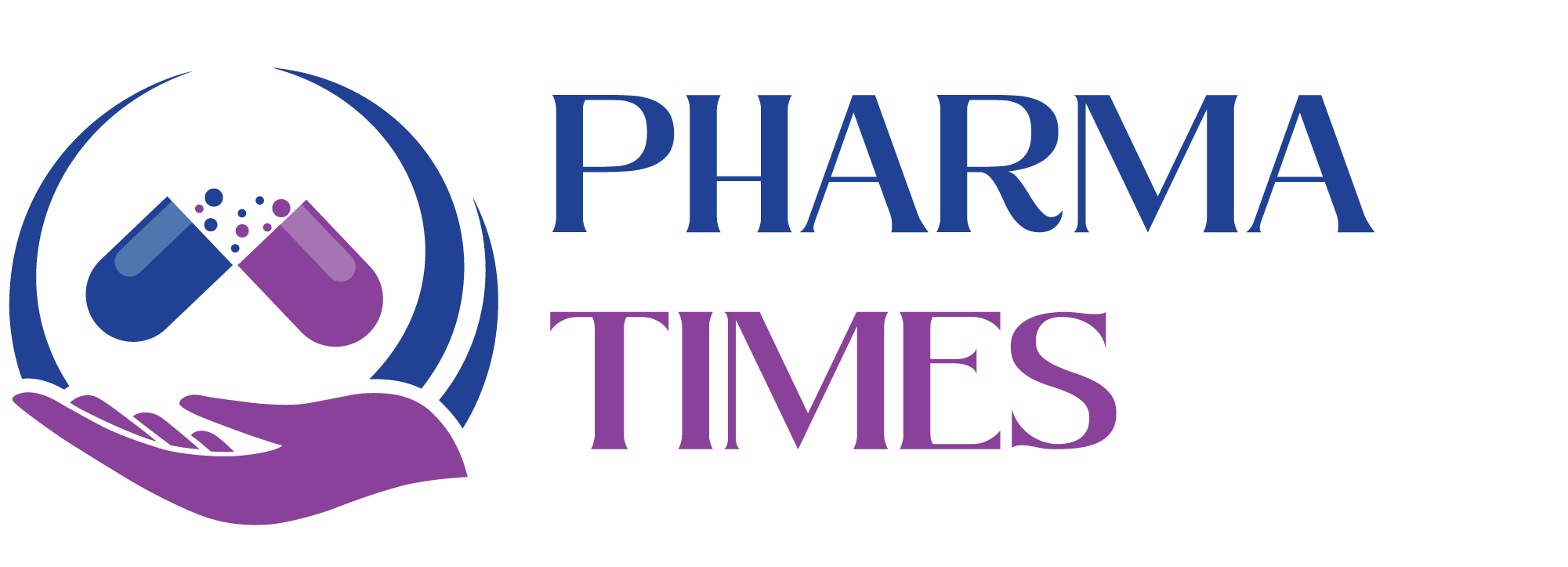“Top 7 Quality Control Interview Questions and Answers for Freshers in Pharma Industry”
1. What is High-Performance Liquid Chromatography (HPLC)?
Answer: High-Performance Liquid Chromatography (HPLC) is a powerful analytical method used to separate, identify, and quantify individual components in a mixture. In the pharmaceutical industry, it plays a critical role in analyzing drug purity, detecting impurities, and ensuring that products meet regulatory standards. The principle behind HPLC is that different compounds will pass through the column at different rates due to variations in their interactions with the stationary and mobile phases.
Tip: During interviews, emphasize both your theoretical understanding of HPLC and your eagerness to apply this knowledge practically.
2. What is Thin Layer Chromatography (TLC) and how is it used?
Answer: Thin Layer Chromatography (TLC) is a simple and cost-effective method used for separating non-volatile compounds. It involves spotting the sample onto a silica-coated plate (the stationary phase) and allowing a solvent (the mobile phase) to move up the plate. The compounds in the sample move at different rates, creating distinct spots that can be analyzed for purity and identification. TLC is especially useful in early-stage quality checks in pharmaceutical QC.
Tip: Explain how TLC can complement more advanced techniques like HPLC in ensuring the quality of raw materials and finished products.
3. How is IR Spectroscopy utilized in Quality Control?
Answer: Infrared (IR) spectroscopy is widely used to identify functional groups and confirm the molecular structure of pharmaceutical compounds. When exposed to infrared light, molecules absorb specific wavelengths that correspond to their vibrational frequencies. This produces a spectrum unique to each compound, making IR spectroscopy an essential tool for verifying the identity and purity of materials used in drug formulations.
Tip: Mention your familiarity with using IR spectroscopy in a lab setting, as this can demonstrate your readiness to handle real-world QC tasks.
4. Explain the concept of molarity and its significance in QC.
Answer: Molarity (M) is a way to express the concentration of a solution and is defined as the number of moles of solute per liter of solution. In pharmaceutical quality control, molarity is crucial for preparing solutions used in various analytical tests, ensuring accurate and consistent results. For example, a 1 M solution contains exactly 1 mole of solute dissolved in 1 liter of solvent, and this consistency is vital for reproducibility in tests.
Tip: Highlight your understanding of basic chemistry calculations and their practical applications in preparing solutions for QC.
5. What is the role of Quality Control in the pharmaceutical industry?
Answer: Quality Control (QC) ensures that pharmaceutical products meet established safety, efficacy, and quality standards before reaching consumers. QC involves testing raw materials, in-process samples, and finished products using a variety of analytical techniques. The QC department plays a critical role in preventing defective products from entering the market and ensuring that all products comply with regulatory requirements like Good Manufacturing Practices (GMP).
Tip: Demonstrate your knowledge of the importance of QC and how it contributes to the safety of patients who rely on pharmaceutical products.
6. What challenges do you foresee in a QC role, and how would you address them?
Answer: One challenge in QC is staying up-to-date with ever-changing regulatory requirements. Different countries have different guidelines, such as those from the FDA or WHO. Keeping track of these changes and ensuring compliance can be daunting. Another challenge is maintaining accuracy and precision in testing while meeting tight production deadlines. To address these, I would stay informed about new regulations and use robust systems to track and verify test results.
Tip: Focus on showing adaptability and a proactive approach to problem-solving, key skills for any QC role.
7. How can errors be minimized in Quality Control processes
Answer: To minimize errors in Quality Control, it’s essential to follow Standard Operating Procedures (SOPs) and adhere to Good Documentation Practices (GDP). Double-checking calculations, calibrating instruments regularly, and validating methods all contribute to reducing the risk of errors. Automation, where possible, also helps reduce human error and increases the consistency of results.
Tip: Talk about your organizational skills and attention to detail, both of which are critical in a QC setting.

